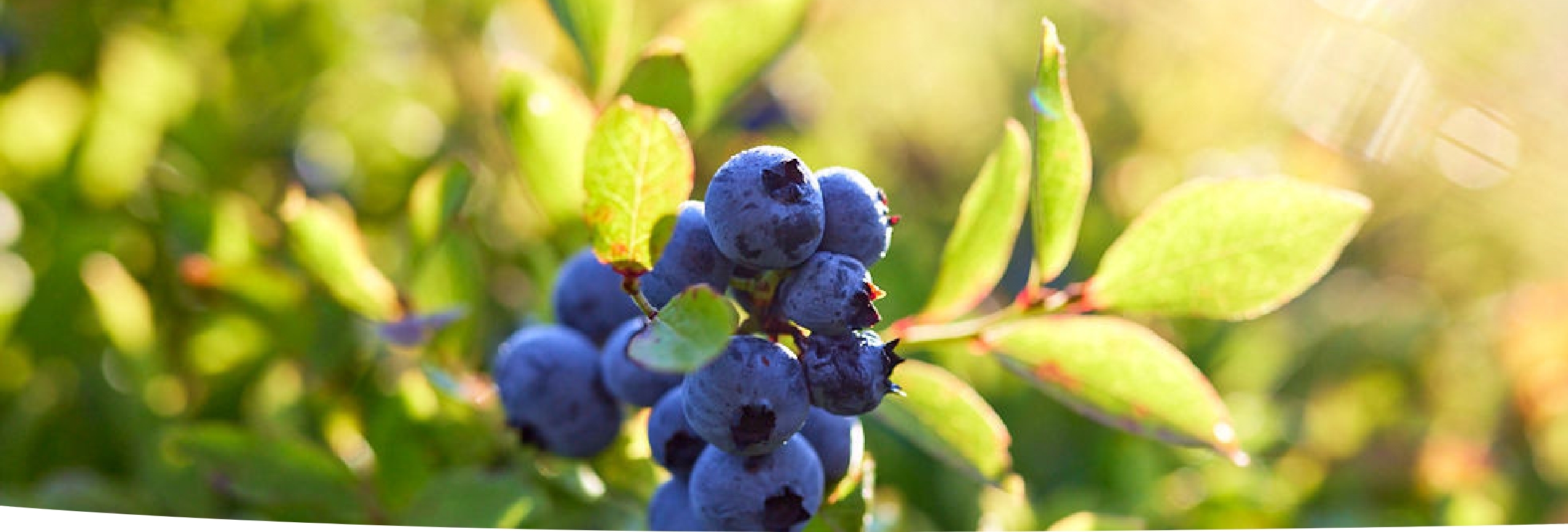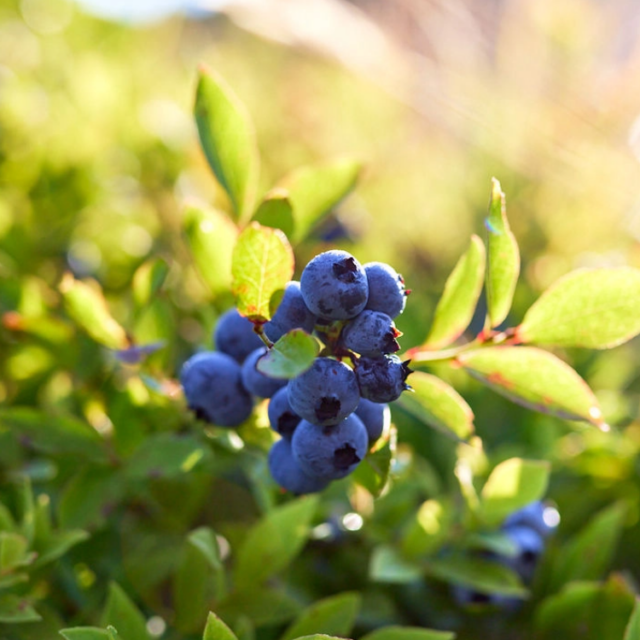Prophylactic neuroprotection by blueberry-enriched diet in a rat model of light-induced retinopathy
The role of anthocyanins is controversial in vision health. This study investigates the impact of a blueberry-enriched diet as neuroprotectant in a rat model of light-induced retinopathy. Thirty-eight albino Wistar rats and 25 pigmented Brown–Norway rats were fed by gavage with long (7 weeks) and short (2 weeks) intervention with fortified blueberry juice (1 ml; 2.8 mg cyanidin 3-glucoside equivalents) or with a placebo solution (7 weeks) that contained the abundant nonanthocyanin blueberry phenolic, namely, chlorogenic acid, before being submitted to 2 hours of intense light regimen (1.8×104 lux). Retinal health was measured by fitting electroretinogram responses with the Naka–Rushton equation. The light-induced retinal damage was severe in the placebo groups, with the maximum amplitude of the electroretinogram being significantly reduced in both Wistar and Brown–Norway rats. The maximum amplitude of the electroretinogram was significantly protected from the light insult in the Wistar rats supplemented with blueberry juice for 7 or 2 weeks, and there was no significant difference between these two groups. The same dietary intervention in the Brown–Norway groups failed to protect the retina. Histological examination of retinal section confirmed the electroretinography results, showing protection of the outer nuclear layer of the retina in the Wistar rats fed with blueberries, while all placebo-fed rats and blueberry-fed Brown–Norway rats showed evidence of retinal damage concentrated in the superior hemiretina. The neuroprotective potential of anthocyanins in this particular model is discussed in terms of interaction with rhodopsin/phototransduction and in terms of antioxidative capacity.
Read full article
